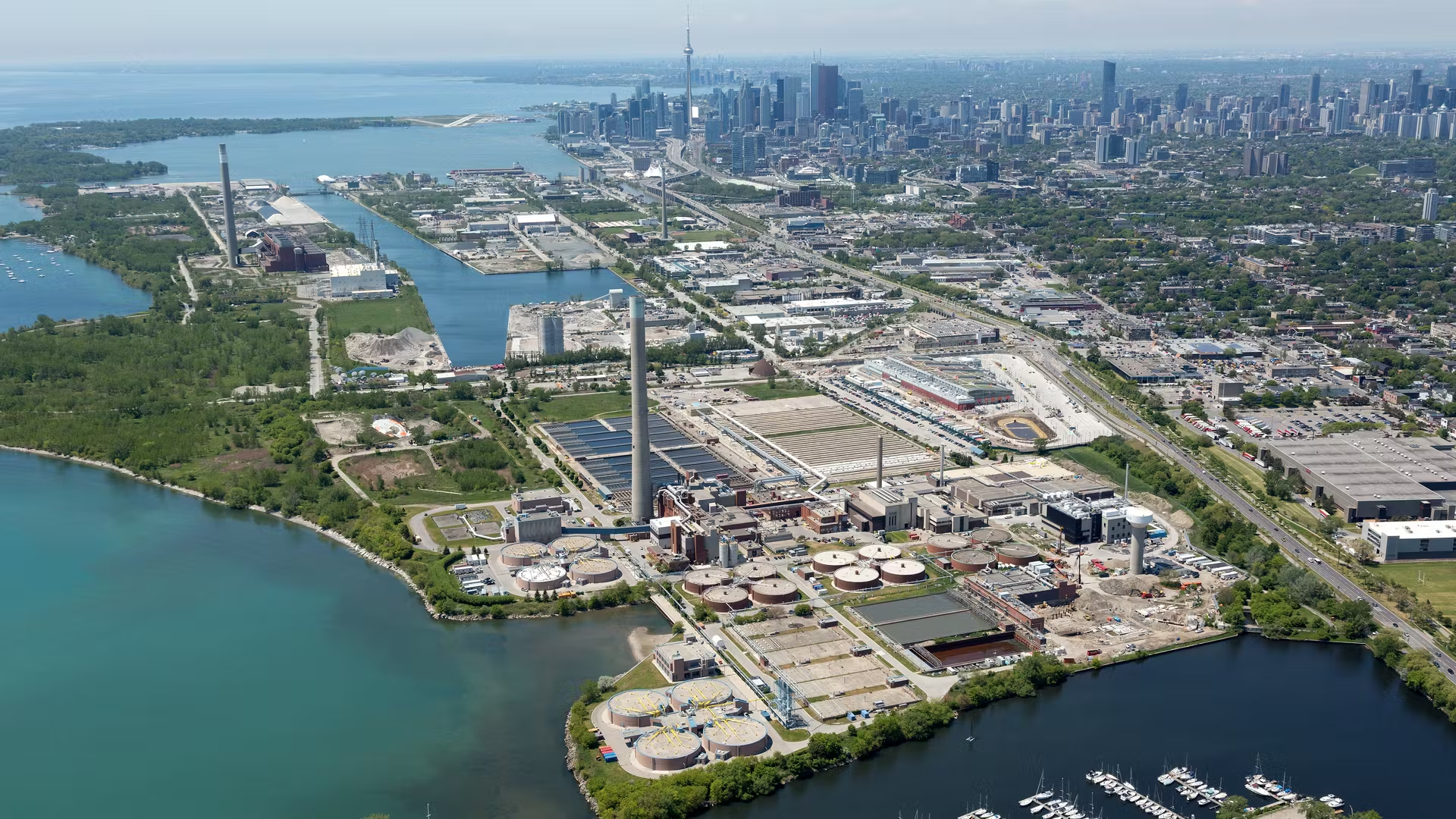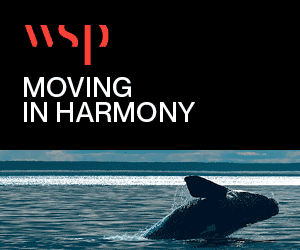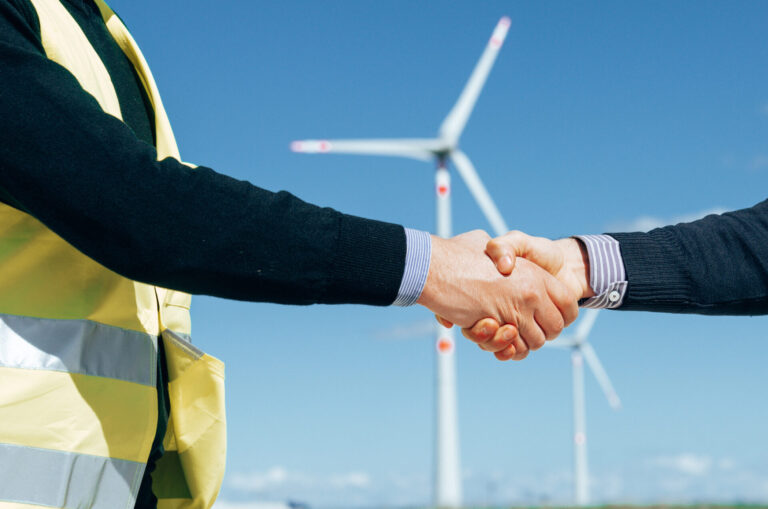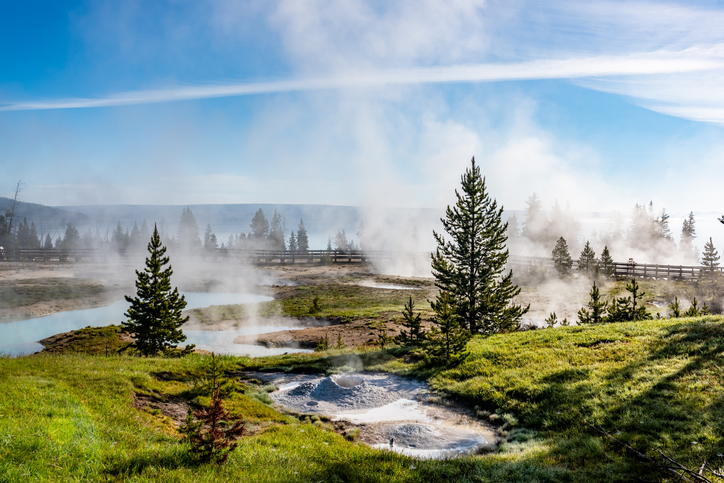Friday, September 26, 2025
General Market Commentary
The Bank of Canada reduced its key interest rate by a quarter percentage point to 2.75 per cent on March 12, 2025, as Canada faces an impending economic downturn due to the trade war initiated by the new U.S. administration.
“Depending on the extent and duration of new U.S. tariffs, the economic impact could be severe,” said Bank of Canada Governor Tiff Macklem in a press conference following the rate cut. “The uncertainty alone is already causing harm.”
After he announced tariffs and then implemented a pause, U.S. President Donald Trump ultimately re-imposed tariffs of 25 per cent on Canadian steel and aluminum. There has been a rapid-fire flurry of activity and talk of retaliatory tariffs. The general reactions from experts in the environment and energy industry indicate that this trade war puts the global cleantech supply chains at risk. It has also taken a negative toll on the stock markets.

Hot Sector News
This edition we’ve decided to put the spotlight on a company that provides environmental services around the world, and on both sides of the border, Veolia (VIE:EY). Today the price of VIE is USD$17.12.
We engaged Veolia’s Canadian CEO to provide his perspectives on the state of the industry and the impact from the trade war. Denis Chesseron was appointed Country Director, CEO and Special Advisor for Veolia North America Operations, Canada in May 2024. As a strong believer in Veolia’s purpose, he views his role as a catalyst and change maker for all of its business lines. He is responsible for the business in Canada, including energy and industrial activities. Previously, he served as Executive Vice President of Finance and Procurement, and Chief Financial Officer. Chesseron holds a Master of Finance from the University of Orléans in France.

It will be almost one year since you were appointed CEO of Veolia’s Canadian operations. What were your major accomplishments in year one and what are some of your key goals for the next few years?
Last year was a very busy and positive year for Veolia Canada. We had a number of significant successes that included being selected as the operator and maintenance (O&M) provider for the City of Toronto’s Dufferin Road anaerobic digestion (AD) facility as well as working with the City on a proposed expansion of its Disco Road AD facility.
We also began O&M services for the City of Montreal’s indoor composting operation and we are continuing the construction of Montreal’s new AD operation. In 2025, we will operate five organic processing operations in Toronto, Montreal and Edmonton. We were also selected by Metro Vancouver as the new O&M provider for its waste-to-energy facility. We are very excited to be back in Metro Vancouver and playing a major role in managing 25 per cent of the Region’s waste generation.
It is also important to note that Veolia’s water technology group includes sales, research and development and manufacturing facilities which provide innovative solutions to both municipal and industrial clients across Canada.
Over the next five years, Veolia is pursuing an aggressive growth strategy called GreenUp focused on three areas: the decarbonization of our and our customers’ operations towards net zero CO2; regeneration of resources as part of the circular economy, and; depollution, such as treating PFAS to protect human health. Our growth will come mostly from our own operations, but we are also looking at merger and acquisition opportunities.
How are you increasing the adoption of innovation to address increasing pressures on waste, wastewater and energy?
The accelerated advancement of technology is impacting everyone’s business and Veolia is leading innovative and economically proven solutions through our complementary service offering to the water, waste and energy sectors. However, the challenge the environmental service industry faces is how to deliver innovative technologies and services in a procurement environment that favours lowest bid contracts.
With aging infrastructure and tightening budgets, municipalities across Canada are increasingly turning to “bundling” as a potential strategy to address multiple environmental challenges simultaneously. By combining water, wastewater, waste management and energy projects into comprehensive packages that we call “Ecofactories,”cities can streamline processes, introduce innovative technologies and services and lower costs all while reducing environmental impact.
As a global service provider we apply leading edge technologies and services and create bespoke solutions for our clients. An area we are seeing significant interest is in our digital and AI solutions which can extend, among other benefits, the lifespan of critical infrastructure.
By bundling multiple projects into the same infrastructure, municipalities can benefit from economies of scale, reducing overall expenses for materials, labour and equipment. This approach can be particularly advantageous for smaller communities or regions that might struggle to fund individual projects independently while seeking innovations such AI and digitization to improve the resiliency and adaptiveness of its infrastructure.
To do this, action requires not only municipalities but the provinces and the federal government to work collaboratively to leverage finite resources.

The Milwaukee Metropolitan Sewage District, which partnered with Veolia to transform its wastewater treatment facility, now pioneers in treating wastewater as a resource and is producing Milorganite fertilizer. Credit: Veolia.
There is a trend toward alternative project delivery models for municipal environmental infrastructure projects. How do you and your team strategize the management and bundling of municipal services and infrastructure projects?
The adoption of alternative project delivery models or collaborative contracting reflects an increased understanding that there is a distinct difference between municipal environmental infrastructure (water, wastewater, waste and energy) and social capital projects (such as for hospitals and transit).
In a collaborative approach to contracting, the municipal owner along with the design build (DB) and O&M providers are collectively engaged in the project design and construction process. This approach builds trust and strengthens relationships whereby performance commitments are transparently developed and priced, and risks are eliminated or mitigated to the greatest extent possible. Other benefits of collaborative contracting include: a simple, inexpensive procurement process; increased participation which provides savings in terms of schedule and costs; flexibility to complete work based on funding; the municipality owner’s right to reject the guaranteed maximum price without significant project delays; and increased likelihood of designing to budget.
There is no perfect procurement model — the choice depends on the municipality’s goals and project risks — however, collaborative contracting lets municipalities choose the best teams for each project phase. By separating design-build from operations and maintenance, this approach improves teamwork, flexibility, and transparency while managing risks and costs more effectively than a combined design, build, operate and maintain model.
To this end, Veolia is working with industry associations including the Canadian Council for Public Private Partnerships that have developed toolkits for municipal procurement departments to better leverage their resources and deliver critical infrastructure on time and on budget.
What are your thoughts on the environmental services market in Canada and changing dynamics, including the impacts from the tariffs and other threats from the U.S. administration?
In these uncertain times, it is important the environmental services sector can help Canadian governments and businesses to not only address their environmental challenges but also thrive. Simple and identical cross-country rules and regulations regarding interprovincial transport and disposal of waste, certification of labour and other such requirements of the environmental services industry would certainly help.
When it comes to the next generation and emerging talent, what is Veolia doing to attract and retain Canadians in the environmental services sector?
Workforce development is a concern for many companies and the situation is particularly acute in the environmental services sector. To address this, we developed dedicated programs targeting different demographics of the workforce.
For example, we have developed an internship program which allows high school students to learn about the water and wastewater industry earning high school credits. Upon graduation they can enter our facilities as an Operator in Training and immediately work towards their Level 1 certification.
For workers who are seeking to make a mid-career transition, we provide training programs for veterans and other public sector workers to enter our facilities as an Operator in Training and immediately work towards their Level 1 certification.
What is the value proposition for shareholders and prospective investors of Veolia?
As a global leader in environmental services and technologies, we don’t just want to provide a high-quality service. We want to establish increasingly efficient and effective models based on our combined expertise. Veolia is currently present in 44 countries around the world and our goal is to capitalize on our experience to lead ambitious and high-performance projects to decarbonize ours and customers operations towards net zero CO2; regenerate resources specifically to net zero water, and work towards net zero untreated pollutants.
Any other comments to share with readers involved in the green economy?
We have been operating in Canada since 1978 and have seen the green economy grow exponentially. The Canadian environmental services industry is incredibly diverse with entrepreneurs, small, medium and large public and private companies working domestically and increasingly abroad. What is not often realized is the Canadian businesses and services that support our sector and the green economy. The future is bright, and we are committed to making Canada an international environmental leader!
Stocks to Watch
Here is a list of Canadian cleantech stocks that we are monitoring for this column. This list of public companies is by no means complete, and we are open to suggestions from our advisors and readers.
| Name | Symbol | Price in $CDN (February 18/25) | Price in $CDN (March 17/25) | % Change |
| Algonquin Power & Utilities Corp. | AQN | $6.86 | $7.29 | +6.27% |
| Anaergia Inc. | ANRG | $1.10 | $1.00 | -9.09% |
| Ballard Power Systems Inc. | BLDP | $2.12 | $1.94 | -8.49% |
| *BIOREM Inc. | BRM | $2.81 | $2.44 | -13.17% |
| Boralex Inc. | BLX | $25.36 | $29.52 | +16.40% |
| *CHAR Technologies Limited | YES | $0.20 | $0.17 | -15.00% |
| Electrovaya Inc. | ELVA | $3.55 | $3.63 | +2.25% |
| Engine No 1 (Transform ETF) | NETZ | $102.00 | $92.11 | -9.70% |
| EverGen Infrastructure Corp. | EVGN | $1.05 | $0.84 | -20.00% |
| Greenlane Renewables Inc. | GRN | $0.090 | $0.080 | -11.11% |
| Li-Cycle Holdings Corp | LICY | $1.38 | $1.20 | -13.04% |
| Loop Industries | LPEN | $1.66 | $1.71 | +3.01% |
| Northland Power Inc. | NPI | $17.12 | $19.42 | +13.43% |
| *Thermal Energy International Inc. | TMG | $0.16 | $0.13 | -18.75% |
| TransAlta Renewables Inc. | RNW | $12.48 | $12.48 | -0.0% |
| UGE International Ltd. | UGE | $2.00 | $2.03 | +1.50% |
| Westport Fuel Systems Inc. | WPRT | $6.58 | $5.15 | -21.73% |
| Zinc8 Energy Solutions Inc. (Abound Energy) | ZAIR | $0.10 | $0.065 | -35.00% |
*The authors of this column own equity. It is not meant to be an endorsement, but simply a statement of this fact.

James Sbrolla is a veteran of the financial and environmental industries.

Connie Vitello is editor of Environment Journal.
Featured image: The Ashbridges Bay Biosolids Pelletizer, which Veolia operates and manages for the City of Toronto, produces a commercial fertilizer known as Nutri-Pel. credit: Veolia












